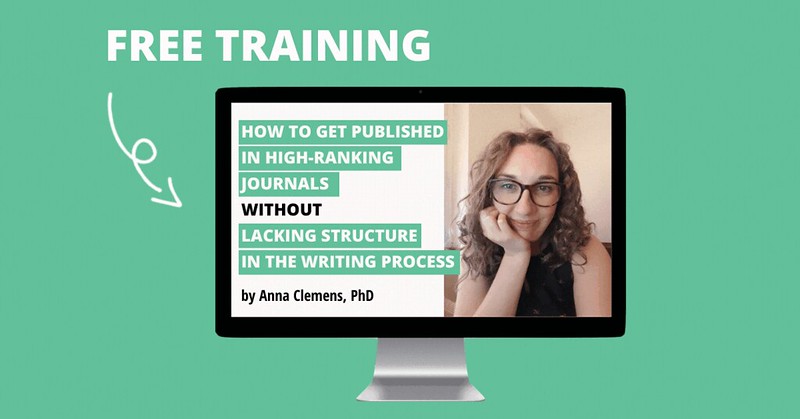Don’t underestimate the importance of lay summaries. Here are some of my discoveries from writing for popular science magazines.
Many scientific funding agencies require you to submit a lay summary alongside your research proposal. I’ve noticed that scientists tend to underestimate the importance of this part of the application.
A lay summary can serve many different purposes. It may be used on the funder’s website when announcing the supported projects. It will probably be used by a committee who are likely not experts in your topic to assign reviewers for your proposal. But even your reviewers who will be more familiar with your research topic will likely read the lay summary of your proposal before looking at the rest. And first impressions are crucial, especially when time is scarce.
This means that as well as having a lot of different audiences to write for, you need to invest time to polish your lay summary.
I know that this is easier said than done. Many scientists hardly ever receive any training in writing for a lay audience (or even academic writing). And there often aren’t many opportunities or incentives to practise it.
Apart from working as a scientific writing strategist and editor, I write about scientific research for popular science magazines. In this blog post, I want to share three principles that I’ve learned that are also applicable for grant proposal lay summaries.
Principle # 1: Tell a story
If you’ve read any other of my blog posts, you’ve probably heard me talking about the importance of storytelling in scientific articles and grant proposals. Well, the same applies for lay summaries and communicating science to the public, in general.
What does “telling a story” mean?
It means to provide the whole picture, not only a snapshot of your results. Your narrative should contain the essential elements of story:
I recommend starting your lay summary by introducing your topic of research and providing some background. You could introduce, for example, what your research area is about, why it is important and what the general problem in the area is.
Then comes the most crucial part of the story, the specific problem that your research idea would solve. This could be a gap in the literature, a scientific conflict or something else.
The problem statement would ideally be followed by a more detailed description of the specific research you are proposing. But that’s not where the story ends.
At the end of your lay summary, I recommend including a few sentences on how your research would improve the state of the start, and what potential benefits this would have for society and/or science.

Procrastinating on your writing? Not feeling like you’re effective at communicating clearly and/or getting desk-rejected a lot?
In this free online training for science researchers, Dr Anna Clemens introduces you to her step-by-step system to write clear & concise papers for your target journals in a timely manner.
Principle #2: Use simple language
I never advocate for expert, jargon-heavy language when simple language would do (that’s just ugly writing). But in lay summaries this is extra important. You will probably need to simplify your language a bit more than you would in a scientific article or the rest of your proposal. Ideally, you wouldn’t use jargon or technical, field-specific terminology at all.
If you find that certain terms that may be daunting to a lay audience are necessary in your summary, add short explanations. A little “trick” I like to use when introducing a technical term in my science writing is to use “so-called” before mentioning the word. This alerts the reader that I don’t expect them to know the word that follows and doesn’t discourage them from continuing to read.
Also, please ditch any acronyms in your lay summary. And – even though it can be tempting – don’t use synonyms that describe the same thing. Because the reader of your lay summary may not find it obvious that “surface”, “sample” and “structure” refer to the same thing.
What’s more?
Simple language means using short sentences and easy sentence constructions. Don’t ever use more than one subclause in a lay summary. If you really can’t find a way to break up a long sentence, you can use colons and hyphens, but don’t overdo it.
To enhance the reading experience, it’s just as important to use verbs instead of nouns: “We investigate…” is so much easier to read than “The investigation of…”. Turning nouns into verbs also shortens your writing and makes it more concise. For more examples and tips on this, have a look at my blog post on language tips for scientific writing.
Last but not least, try to make your writing “flows”, i.e. connect sentences with each other and build up the information throughout your summary (see also principle #1). If you would like to learn how to do this, check out my comprehensive guide on the concept of flow.
Principle #3: Be specific
When writing for a less specialised audience, you don’t want to provide detail that only experts would understand or care about. Therefore, it’s easy to become too general in your lay summary, especially when describing your proposed research.
So, be careful not to forget to describe what your research idea actually is. Your lay summary should capture both your objective and your specific aims (especially if you aren’t required to submit another abstract or summary of your proposal). Instead of leaving this information out, use the tips in principle #2 to tune your description of objective and specific aims so a lay audience can understand.
There you have it: These are the three science writing principles that I believe should guide you when writing lay summaries for grant proposals.
Keep in mind that writing for lay audiences isn’t easy and that it may take you more time than the academic writing you are used to. Before submitting, I recommend asking a colleague, friend outside your research field or editor to read your lay summary and to point out where they got stuck.
What is your biggest struggle when writing lay summaries? Let me know in a comment below.
Before you go… Register for a private viewing session of this free training for science researchers.

Does writing for a high-impact journal feel intimidating? Partly because you’ve never received proper academic writing training?
In this free online training, Dr Anna Clemens introduces you to her template to write papers in a systematic fashion — demystifying the process of writing for journals with wide audiences.






